You are here
New Releases
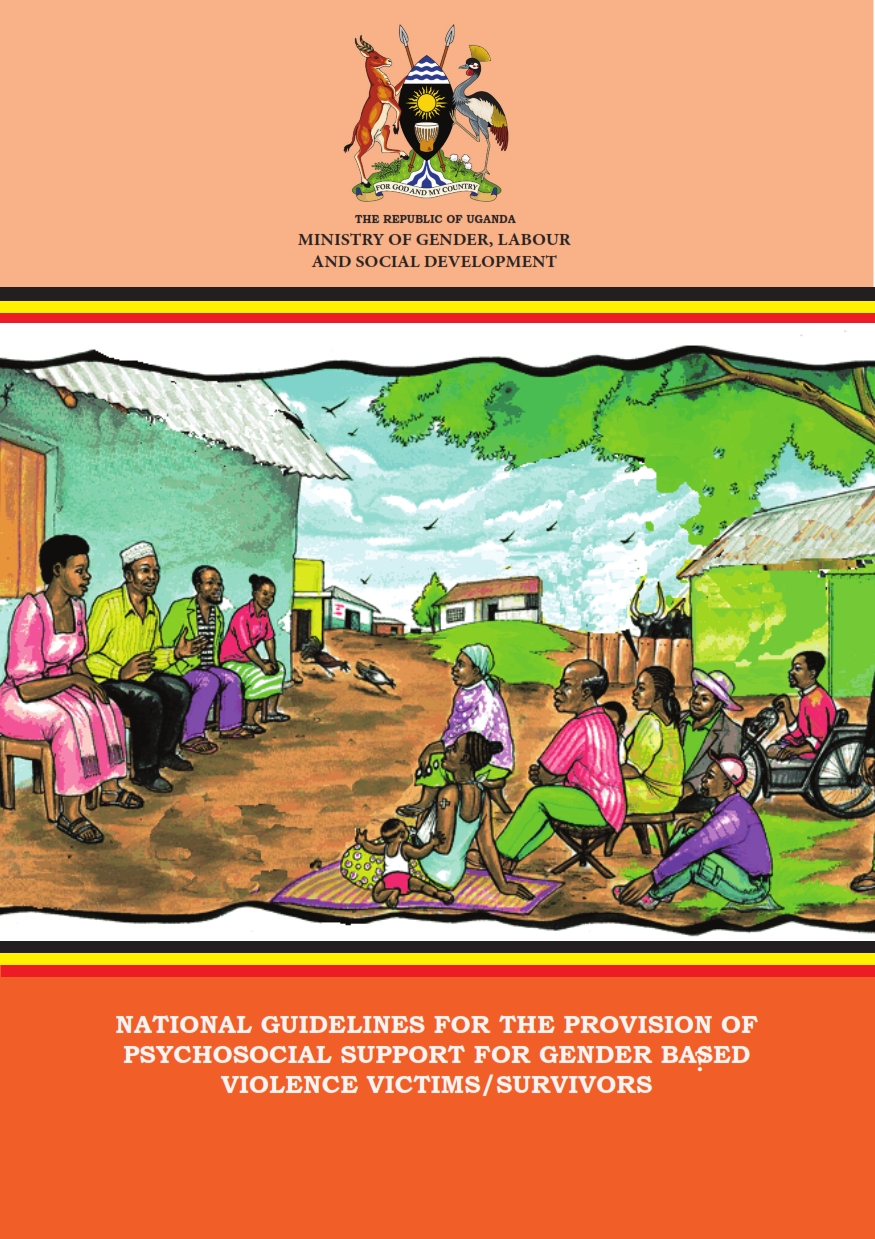
National Guidelines for the Provision of Psychosocial Support for Gender Based Violence Victims/Survivors
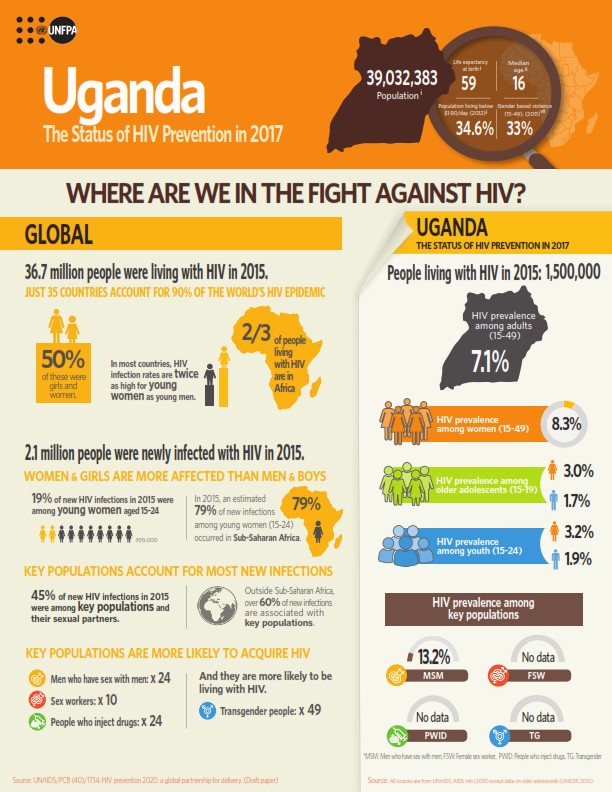
Uganda: The Status of HIV Prevention in 2017
As of 2015, 1,500,000 people were living with HIV in Uganda. Among adults, HIV prevalence among adults aged 15-49 stands at 7.1%; while among women it stands at 8.3%. Evidence-based prevention programs, such as condom programming, voluntary medical male circumcision (VMMC), key population programs, pre-exposure prophylaxis (PrEP), and antiretroviral therapy (ART) are cost-effective when they focus on those affected most. But we still have a long way to go.
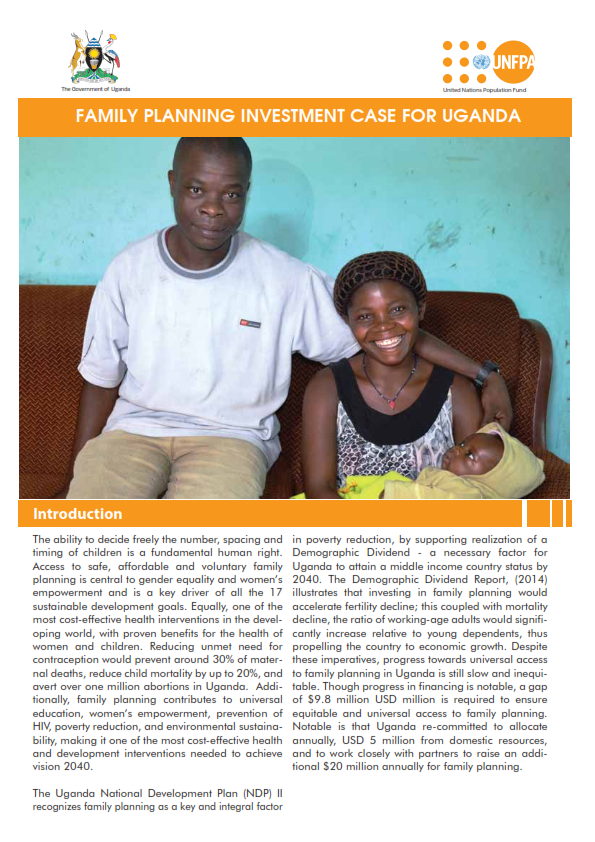
Family Planning Investment Case for Uganda
Empowering women to choose the number, timing, and spacing of their pregnancies is not only a matter of health and human rights but also touches on many multisectoral determinants vital to sustainable development, including women’s education and status in society. Without universal access to family planning and reproductive health, the impact and effectiveness of other interventions will be less, will cost more, and will take longer to achieve. The government of Uganda must make modern family planning an even higher priority to expand women’s method choice and uptake. Emphasis should be on long acting reversible methods which are more effective and less expensive and will save more mothers and children in a more cost effective way.
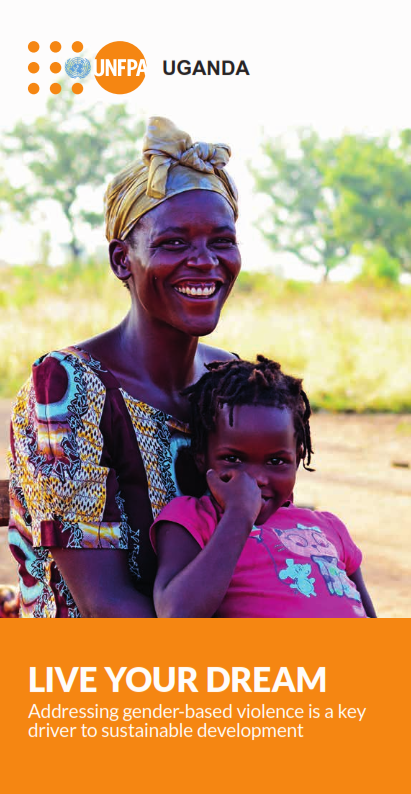
Addressing gender-based violence is a key driver to sustainable development
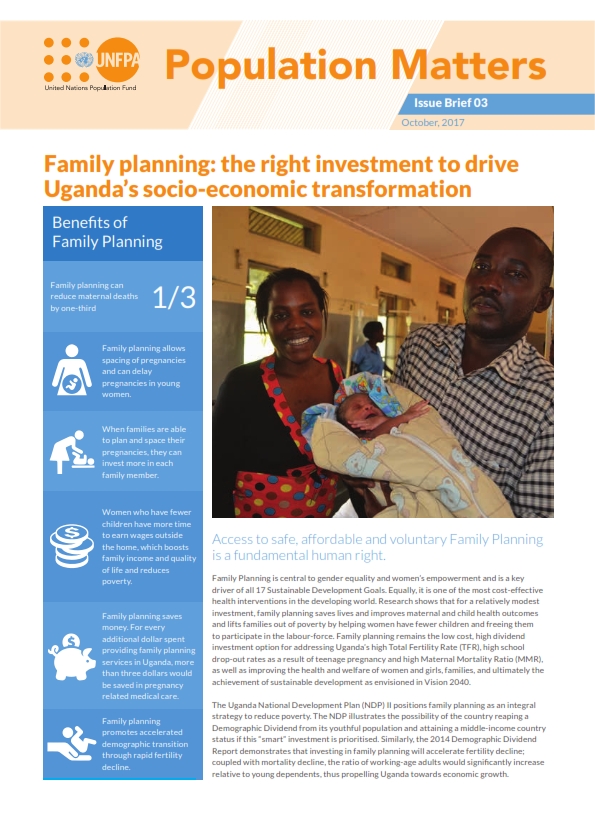
Family planning: The right investment to drive Uganda’s socio-economic transformation
In spite of the significant progress made, Uganda still needs to do more in order to reduce the unmet need for Family Planning, which at 28% is still high and drive up the Modern Contraceptive Prevalence rate, which stands at 35%. Uganda stands the chance to make quick gains and meet its Costed Implementation Plan and FP2020 targets if additional steps are taken to address factors contributing to the unmet need for family planning.
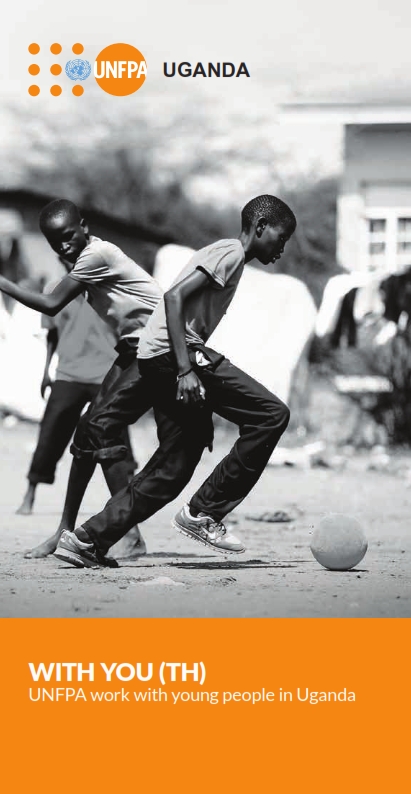
WITH YOU(TH): UNFPA work with young people in Uganda
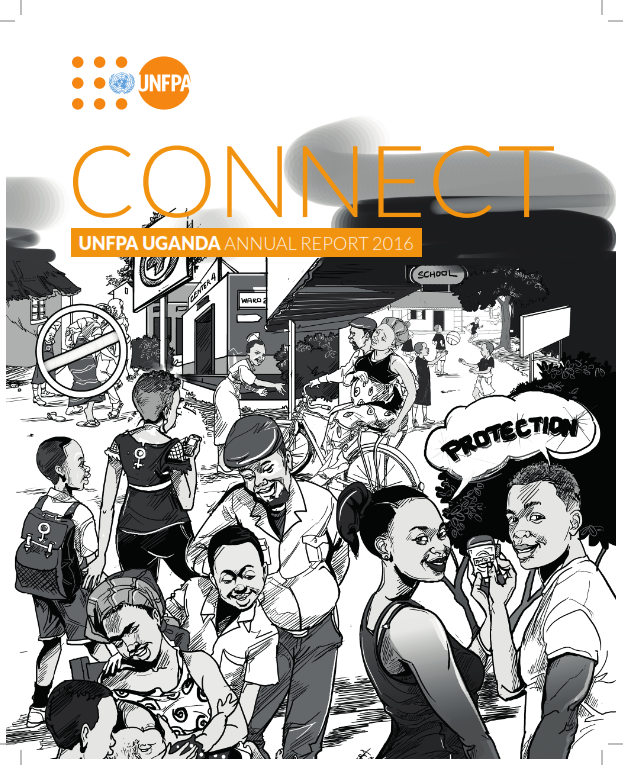
CONNECT: UNFPA Uganda Annual Report 2016
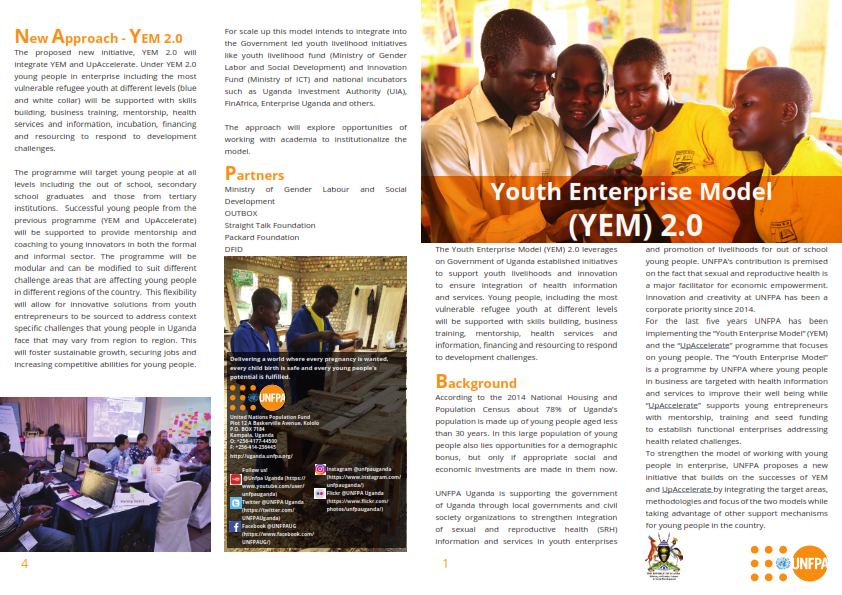
A New Approach: Youth Enterprise Model 2.0
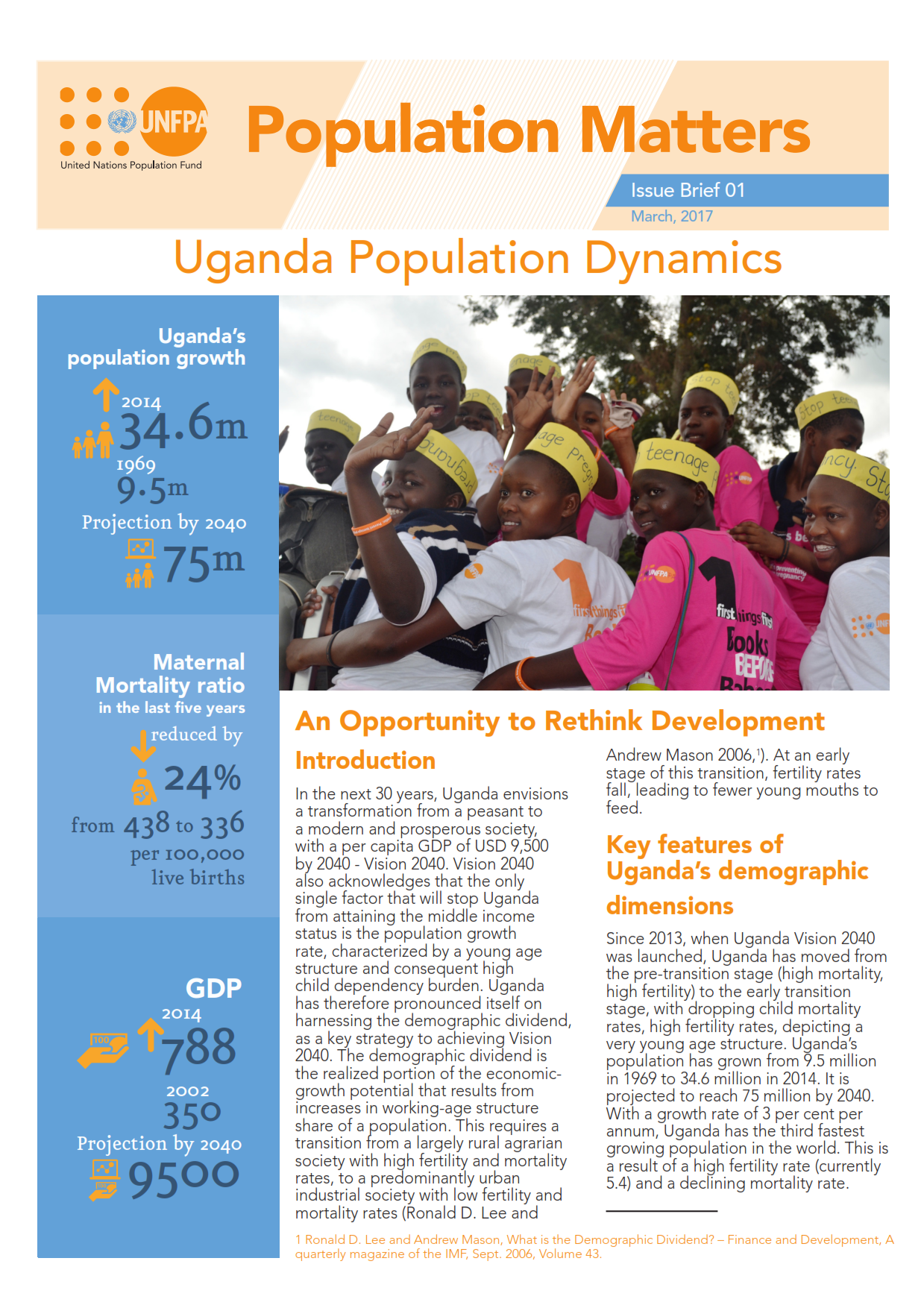
Uganda Population Dynamics: An Opportunity to Rethink Development
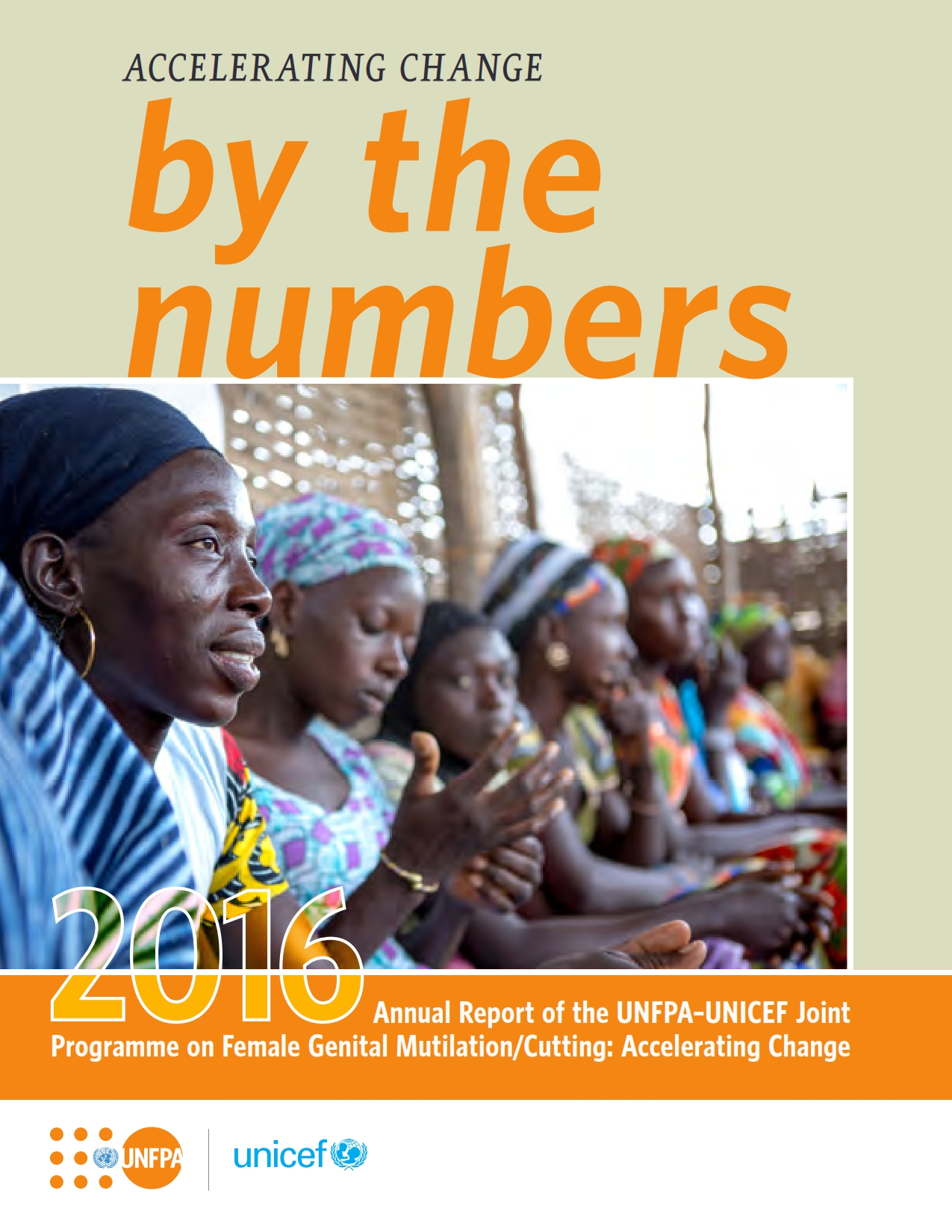
Accelerating Change By the Numbers